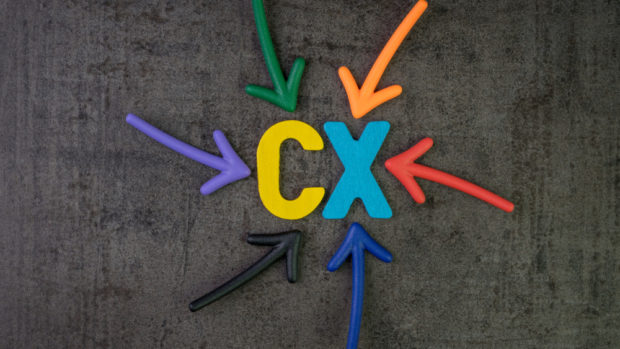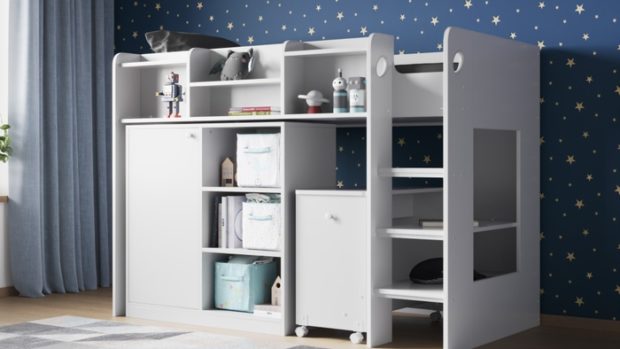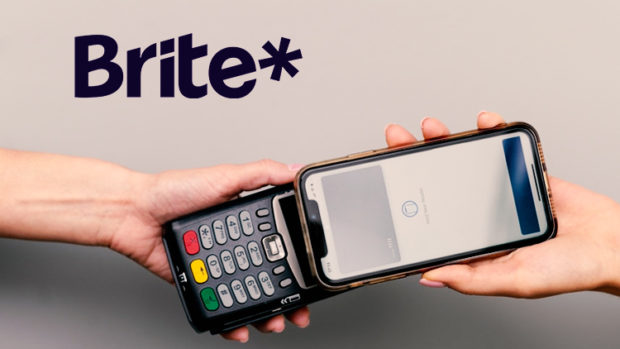By all accounts 2009 was challenging for many retailers. But far
from stagnating, M&A activity in the luxury sector had already
begun gathering pace by the end of the year with the acquisition
of leather-goods retailer Smythson by Italy-based Tivoli Group in
December. More deals followed with TA Associates’ acquisition of
Cath Kidston in March 2010 and Richemont taking a majority stake
in Net-a-Porter in April. Most recently, Harrods was sold to the
Qatari royal family for approximately £1.5 billion.
And it’s not only acquisitions driving the growth in the luxury
sector-some upmarket retailers are planning organic expansion;
take Karen Millen for example. Part of Aurora Fashions, Karen
Millen has recently confirmed plans to extend its reach overseas
with the launch of a dedicated US website and US distribution
centre. According to a statement, Karen Millen’s international
growth has been “a key contributor to its current success
in a challenging economic climate at home”. Online jeweller
Astley Clarke and homewares cataloguer/retailer Oka are two more
upscale names planning expansion this year. Even mid-market
brands are getting in on the action-Topshop has just opened a
store in Knightsbridge, opposite Harrods.
The new battleground
According to a recent Verdict report into the UK clothing market,
the premium segment-rather than the value end-of fashion retail
will be the new battleground for market share with mid-market
players such as Marks & Spencer, Next, and Topshop set to chip
away at the designer end of the scale. Martin Bartle, a digital
marketing consultant for luxury brands, is dubious that M&S could
successfully “erode premium”, but agrees that luxury
is where the growth is.
The trend towards buying more expensive goods may seem
surprising, considering consumers have less disposable income
these days. “I think that customers are realising that
‘fast fashion’ might be inexpensive but you get what you pay
for-not something that last for several seasons,” says
consultant Rosemary Stockdale of Sterling Marketing. Though she
adds that fast-fashion will always form a large percentage of the
market and never truly go away.
According to Stockdale, there might be more activity in upscale
retailing as the mid-market is currently the place not to be in.
“If you cannot sell a product at the fast end it is
imperative to build a brand that the consumer recognises, can
relate and aspire to, a brand that helps you chase your dreams
away from the gloomier aspects of a recession.” She likens
this aspiration to the 1930s, when in spite of the great
depression, glamour was very much in fashion. “Perhaps we
have a 21st century equivalent,” she suggests.
Making a statement
“Demographic and social trends favour distinctive fashion
and brands, while the demand for better service and quality is
increasing,” said Maureen Hinton, lead retail analyst at
Verdict, in a statement accompanying the report. Sarah Curran,
founder of luxury etailer My-Wardrobe.com, would agree. Her
business, selling “affordable luxury” items such as a
Chlo� dress for £156 and a Michael Kors handbag for
£270, has almost doubled in size during the past year.
Launched in April 2006, My-Wardrobe.com reported a 93 percent
like-for-like increase in sales, from £4.3 million for the
12 months to March 2009, to £8.3 million for the 12 months
to March 2010. There has also been a 110 percent like-for-like
growth in visitors to the site since 2009-from 2 million to 4.2
million, and a significant increase in international
traffic.
Part of its success this year was that, unlike many other
businesses, My-Wardrobe had more capital in 2009 to fund
expansion. Sarah Curran successfully led an investment round in
2009 that raised £2 million enabling My-Wardrobe to pursue
its “aggressive” marketing strategies. Curran, who
spoke to Catalogue e-business during a break from an
investors’ meeting, said she was confident about the year ahead.
In 2010, she’s planning to increase My-Wardrobe’s offering to
customers by opening up more categories in womenswear such as
lingerie, and adding to the depth of the menswear offering to
include more sizes, ranges, and product categories.
Curran says that the business plans to build on its international
growth too. It is seeing heightened activity from Scandinavia and
is increasing marketing campaigns in France and Germany via PPC
and affiliates. Curran believes the luxury sector is growing
because the recession has made people more cautious about
purchase decisions. “Our target audience appreciates value
for money and making a statement,” she says. Products that
have “statement appeal”-like a Mulberry bag that
according to Curran’s Twitter feed sells out as soon as stock
arrives-are My-Wardrobe’s most-wanted and successful items. In
short, it’s not about how cheap a product is-it’s whether it
makes the right fashion statement.
One investor contact told Catalogue e-business that they
were looking to enter the luxury end of the women’s retail market
as it has “real profit potential and the legs to grow long
term”. But those who wish to move upmarket through gaining
market share rather than buying into an existing business, should
be careful. There is great opportunity for growth, but
“luxury means that the product and the customer experience
have to live up to the dreams,” says Stockdale. As
mid-market retailers struggle for market share at the lower,
volume end of the market, challenging the premium players might
be the answer. To succeed in the luxury sector, however,
“the communication strategy, product, and brand
presentation all need to contribute to the brands development.
Luxury does not have to be over-expensive; it needs to have the
cachet of exclusivity, of being sought after.”








Share